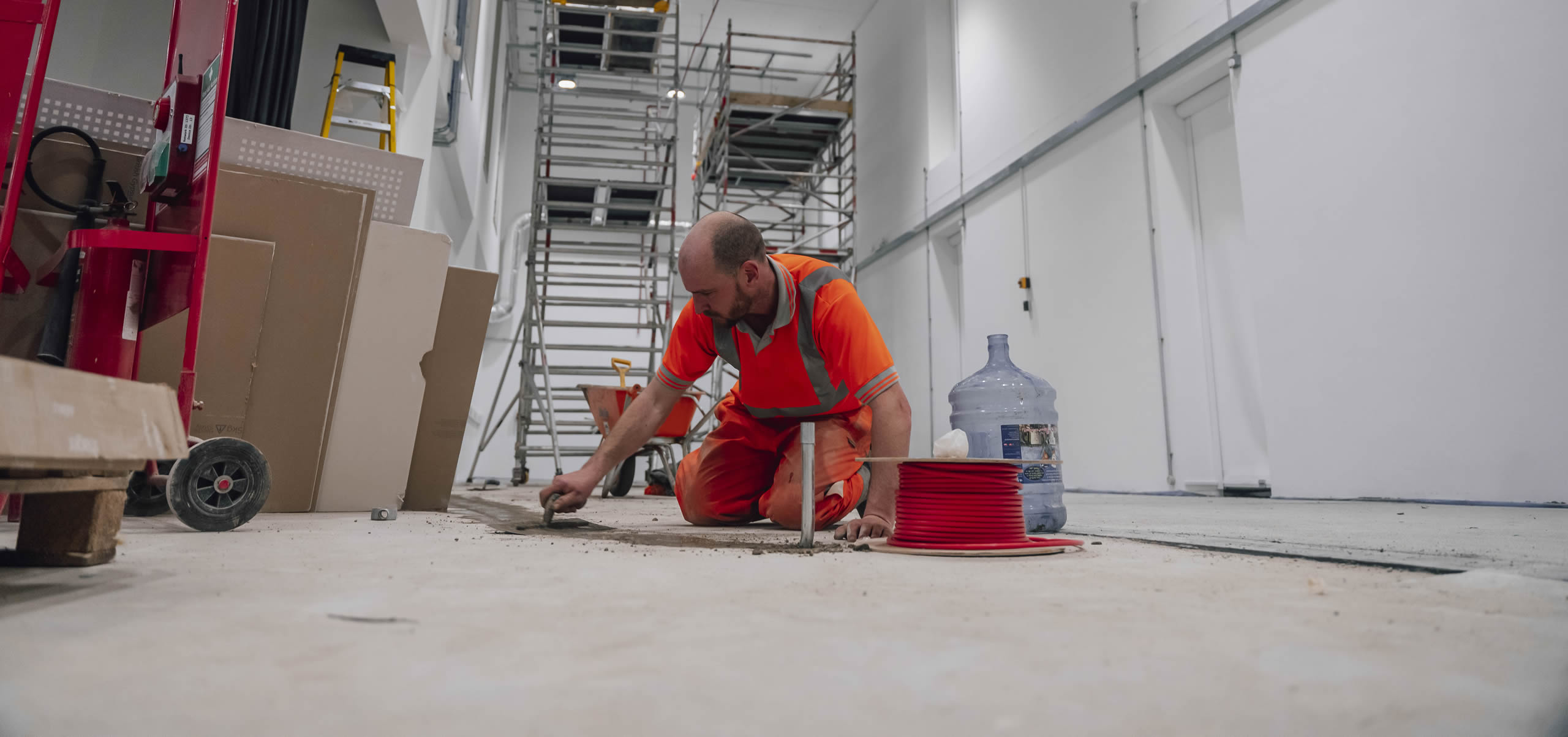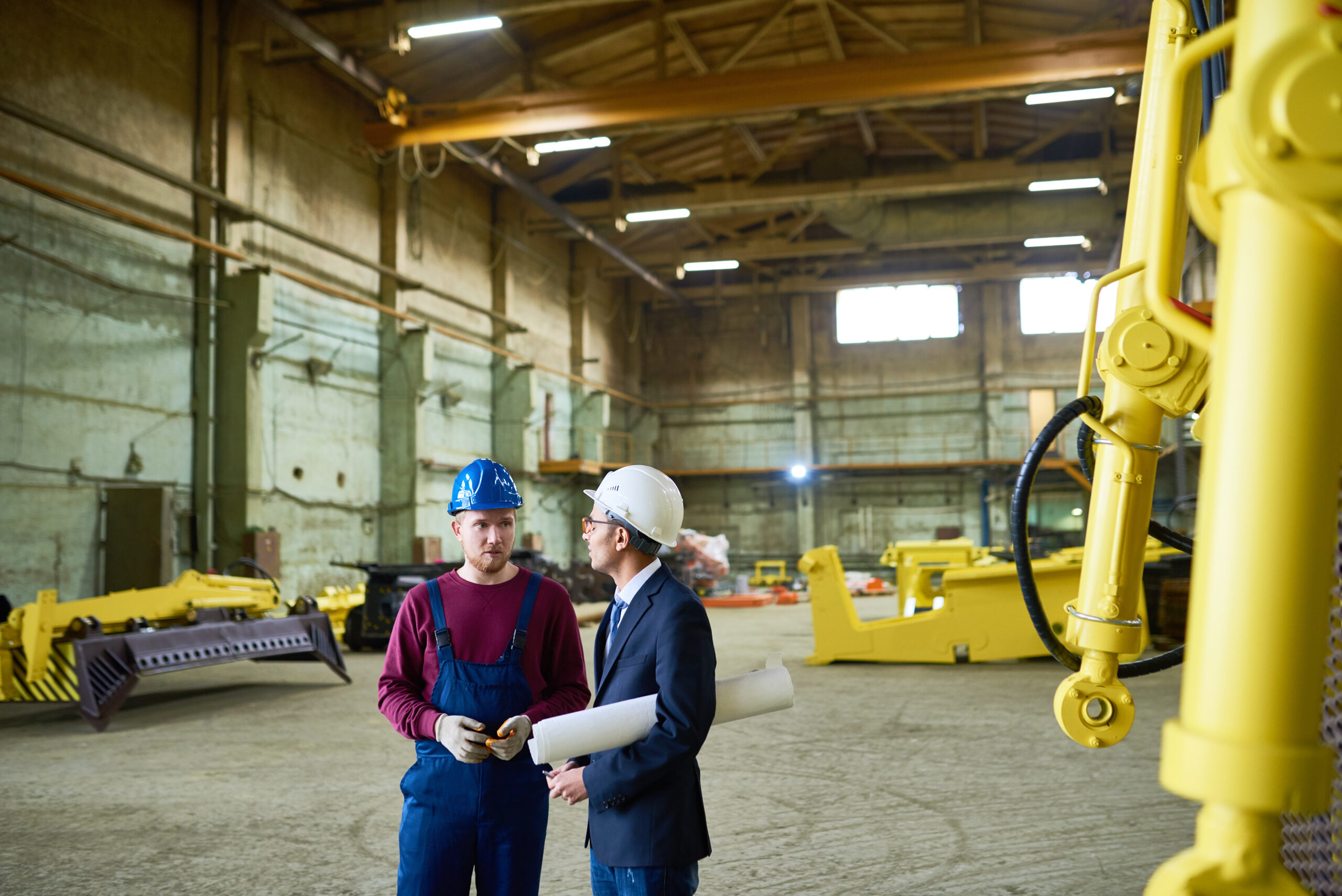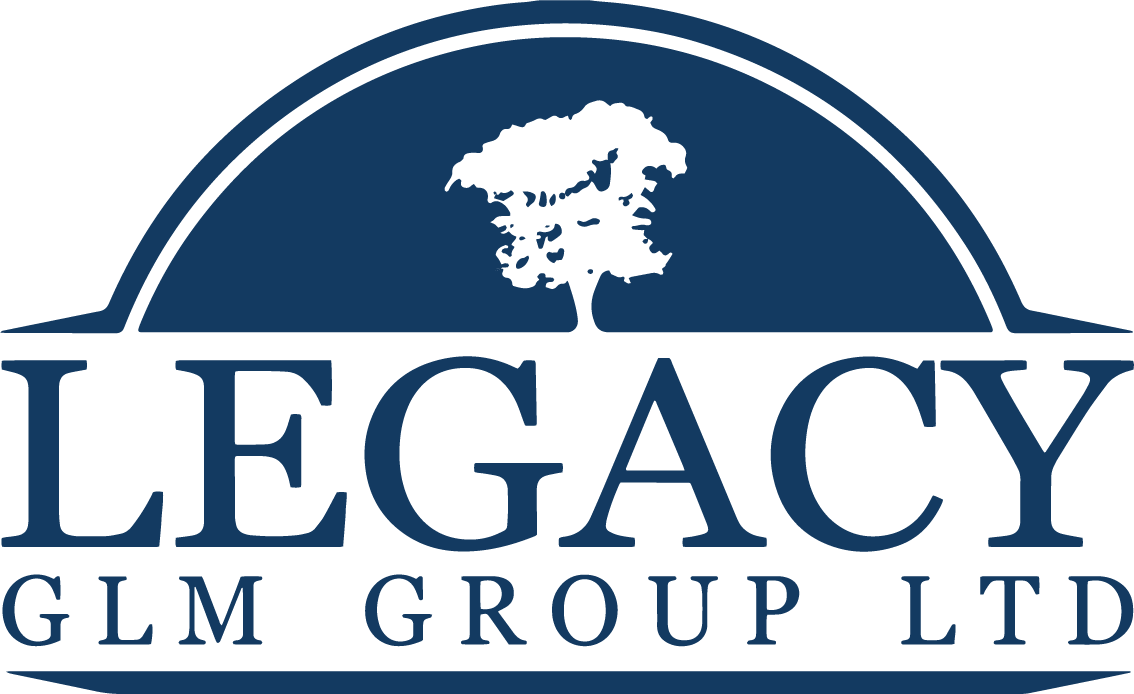
Planning to fix up a commercial space? Whether you’re updating an office, retail unit, or industrial site, knowing what you might spend is a big part of getting it right. Costs can vary depending on the size of the place, how much needs doing, and the quality of the finish you’re aiming for. It’s easy to underestimate how much time and money go into making a space ready for use again. This guide breaks down what affects commercial property refurbishment cost so you can plan ahead, avoid surprises, and make choices that fit your budget and goals.
Defining the Scope of Your Refurbishment Project
Before you begin any updates to a commercial space, it’s important to figure out what exactly needs to be done. This means looking at how big the space is, what it will be used for, and what changes must happen to support that use. Whether you’re turning an old office into a shared workspace or updating a retail store layout, knowing your goals helps keep things on track.
Start by listing what areas need attention. That could include floors, ceilings, lighting, plumbing, heating systems, or walls. Then go room by room and write down which parts need fixing or replacing. Are you doing small changes like repainting? Or bigger tasks like rewiring? Once you know this list, it’s easier to share with contractors and suppliers so they understand your plan.
Think about why you’re refurbishing too. Is the goal to meet safety rules? Make better use of space? Prepare for new tenants? Each reason affects how much time and money will be needed. If your project involves changing building layout or adding new features like kitchen areas or lifts, those details matter when estimating the commercial property refurbishment cost.
It also helps to know if people will still use the building during the upgrade. Working around staff or customers can slow things down and increase labour charges. On the other hand, if the place is empty during works, crews may finish faster.
Finally, set limits for timeframes and spending early on. Without clear boundaries on scope and budget, costs can rise fast due to extra requests or delays that weren’t part of your original plan. A well-defined scope makes conversations smoother with everyone involved—builders, architects, electricians – and reduces chances of confusion later on in the process.

Key Factors That Influence Commercial Property Refurbishment Cost
Several things can change how much you end up paying for a commercial property upgrade. One of the biggest ones is location. If your building sits in a large city or busy area, prices for both labor and materials will likely be higher. On the other hand, smaller towns might offer lower rates but could have fewer local contractors.
The condition of the building also plays a big role. Older structures may need more repairs or updates to meet current codes. This can raise costs fast, especially if hidden issues pop up during the process – like plumbing that needs replacing or outdated wiring.
Next comes materials. The type you pick matters a lot. Some materials cost more because they last longer or take more time to install. Others might be cheaper but could wear out quicker, leading to future repairs. Deciding which ones suit your needs depends on how long you plan to use the space and what kind of business runs there.
Then there’s labour cost, which changes depending on where you’re located and who you hire. Skilled workers charge more, but they often finish faster and with fewer mistakes. Some areas also have minimum wage differences that affect what contractors charge.
Timing also matters here – prices for labor and supplies can go up during busy seasons when demand is high.
Understanding these pieces early on helps you avoid surprises later in the job. Each one adds something different to your final number, so it’s important not to guess at them or leave anything out when calculating your full commercial property refurbishment cost.
Planning ahead using real numbers from local suppliers and tradespeople gives a clearer picture of what you’ll spend before any tools come out of the box.
Budgeting and Financing Options for Refurbishment
Planning how to pay for a refurbishment project is one of the first steps you’ll need to take. Without a clear plan, costs can quickly add up. To manage your commercial property refurbishment cost, start by setting a budget that covers all expected expenses. This should include labour, materials, permits, and any temporary business disruptions.
Once you know what you’re working with, it’s time to look at funding methods. One common option is applying for a business loan. Many banks offer loans designed specifically for property improvements. These loans often come with fixed repayment terms, so you’ll know exactly how much to set aside each month.
Some businesses qualify for grants or public funding programs. These may be available through local councils or government bodies focused on economic growth or energy efficiency upgrades. While these programs often have strict rules and application processes, they can reduce the amount of money your business has to borrow.
Another route is leasing equipment or materials instead of buying them outright. Leasing helps spread out payments over time without requiring a large upfront investment. This choice can be useful if you’re installing new systems like HVAC units or lighting.
You could also consider asset-based financing if your company owns other properties or valuable items that could serve as collateral. This type of funding allows you to tap into current assets rather than relying solely on cash reserves.
For some businesses, combining several options works best – using part loan, part grant funds, and some leasing agreements together helps balance short-term spending with long-term planning.
Choosing the right mix depends on your current financial position and how soon you expect returns from the refurbishments – like higher rent income or better tenant retention after upgrades finish.

Hiring the Right Professionals for the Job
Picking the right team makes a big difference when you’re planning a commercial property upgrade. Getting help from experienced architects, contractors, and project managers helps everything run smoothly. These people know how to handle each step of the process. They also help avoid delays or mistakes that can lead to higher bills.
Architects take care of design and layout. They look at your building’s current structure, listen to what you want, and come up with plans that meet building rules. A skilled architect can spot issues early and suggest better ways to use space or materials. This avoids sudden changes later on that can push costs up.
Contractors manage the hands-on part of the job. That means hiring workers, ordering supplies, and making sure tasks get done in the right order. A reliable contractor keeps things moving without wasting time or money. They stick to schedules and keep you updated if something changes along the way.
Project managers tie everything together. They communicate with all parties involved – owners, workers, suppliers – and make sure everyone stays on track. An organised manager watches over timelines and spending so you’re not caught off guard by unexpected fees.
Working with professionals who understand these jobs helps keep your commercial property refurbishment cost under control. If you choose based only on price or hire people without enough experience, you could end up spending more fixing problems later on.
Ask for past projects before hiring anyone – look for teams who have worked on similar properties before. Make sure they’re licensed where needed and check reviews from other clients if possible.
Having trusted experts lets you focus on decisions instead of daily headaches. You’ll be able to move forward knowing that deadlines will be met and money won’t go missing due to poor planning or lack of oversight.
Making Smart Decisions for a Successful Refurbishment
Now that you’ve got a clearer picture of what goes into a commercial property refurbishment, it’s easier to see how planning ahead can save time, money, and stress. From defining the project scope to understanding the key factors that influence commercial property refurbishment cost, every step plays a crucial role in the outcome. Budgeting wisely and hiring experienced professionals can make all the difference in bringing your vision to life without unexpected surprises. Keep these insights in mind as you move forward – being informed is your best tool for making confident, cost-effective decisions on your next project.



